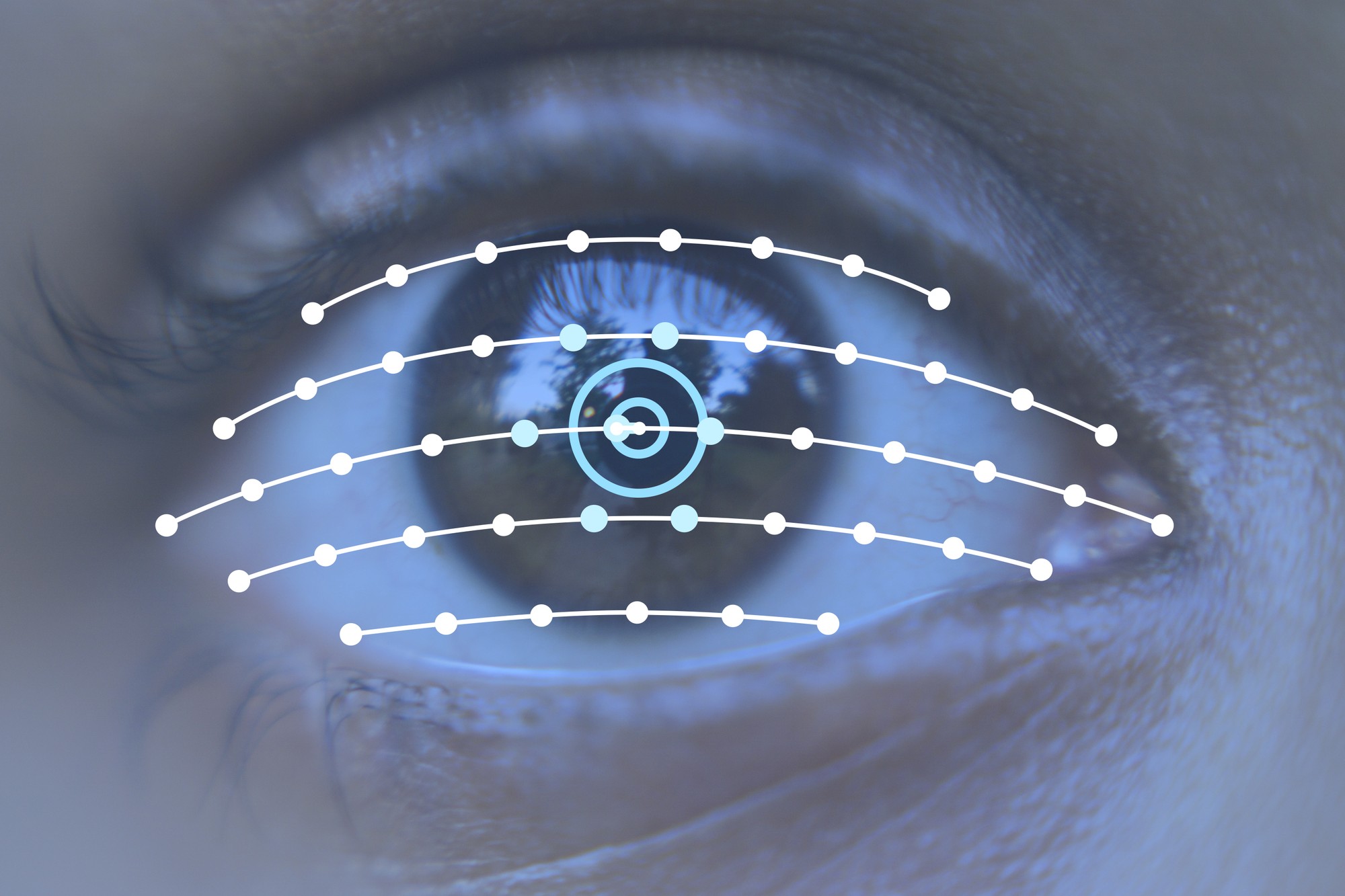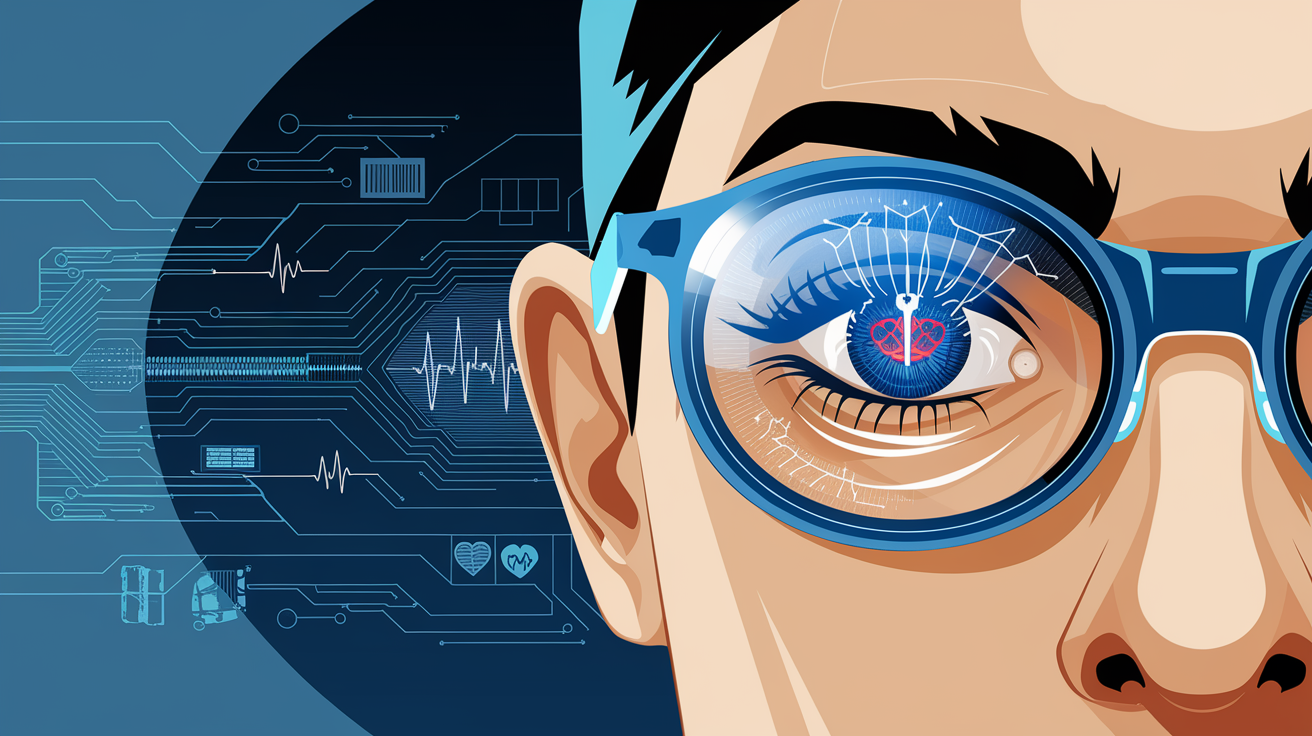As CMOS image sensor technology advances, eye tracking is rapidly becoming more accessible and integrated into various aspects of our lives. From interactive displays and virtual reality to education and healthcare, the potential applications are vast. However, with this power comes responsibility. It’s crucial to consider the ethical implications of eye tracking technology and ensure its development and use align with ethical principles.
Privacy Concerns:
One of the primary concerns is user privacy. Eye tracking data can reveal sensitive information about individuals, including their attention patterns, emotions, and cognitive states. Research papers like “Privacy-Preserving Gaze Tracking: A Survey” (IEEE Transactions on Information Forensics and Security, 2022) highlight the need for robust anonymization and data protection mechanisms to safeguard user privacy.
Informed Consent and Transparency:
Transparency and informed consent are paramount. Users should be clearly informed about how their eye tracking data is collected, used, and stored. They should have the right to opt-in or opt-out of eye tracking, and their choices should be respected. Research like “Ethical Considerations in Eye Tracking Research” (ACM Transactions on Applied Perception, 2021) emphasizes the importance of clear communication and informed consent procedures.
Bias and Discrimination:
Eye tracking algorithms can inherit and amplify societal biases, leading to discriminatory outcomes. Research in “Fairness in Eye Tracking: A Survey” (ACM Computing Surveys, 2023) explores potential biases in data collection, algorithms, and interpretation, urging developers to mitigate these risks.
Misuse and Manipulation:
The potential for misuse and manipulation cannot be ignored. Eye tracking data could be used for targeted advertising, social manipulation, or even profiling individuals without their knowledge or consent. Research like “The Ethics of Eye Tracking in Advertising” (Journal of Business Ethics, 2021) calls for ethical guidelines and regulations to prevent such misuse.
Accessibility and Inclusivity:
It’s crucial to ensure eye tracking technology is accessible and inclusive for everyone. People with disabilities or varying visual abilities should not be excluded from its benefits. Research like “Accessibility Considerations for Eye Tracking Systems” (ACM Transactions on Accessible Computing, 2022) explores how to design and develop eye tracking systems that are usable by all.
The Way Forward:
Responsible development of CMOS-based eye tracking technology requires a multi-pronged approach. Developers, researchers, policymakers, and users all have a role to play. By prioritizing user privacy, ensuring transparency and informed consent, mitigating bias, preventing misuse, and promoting accessibility, we can ensure this technology benefits society as a whole.




